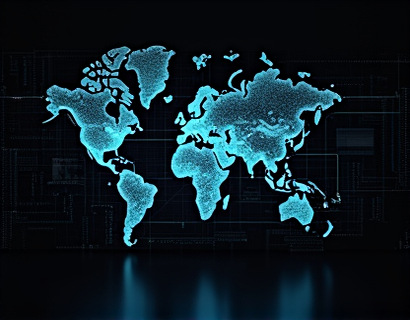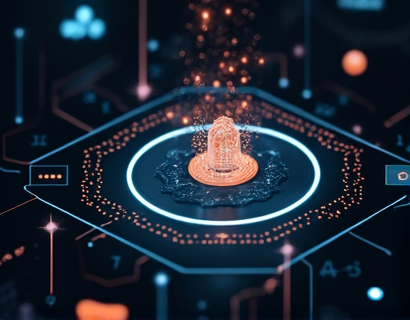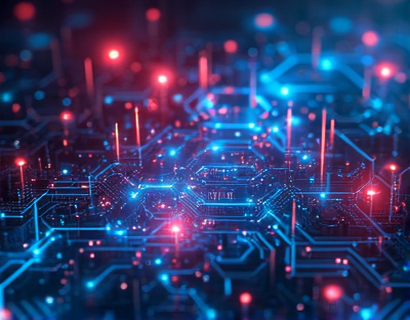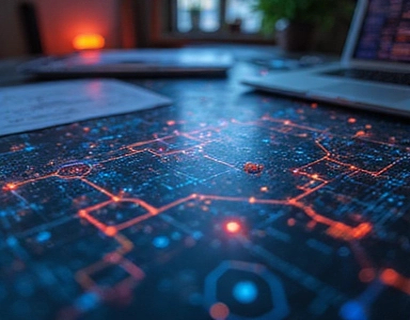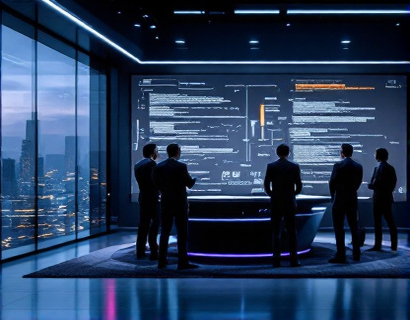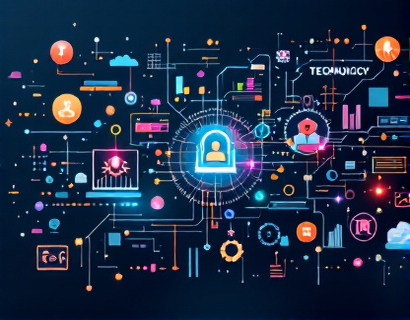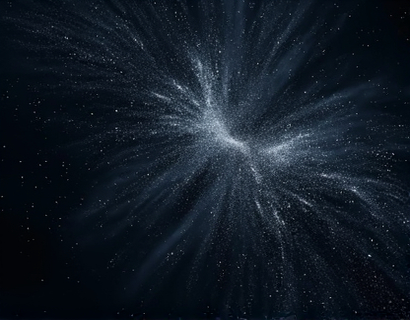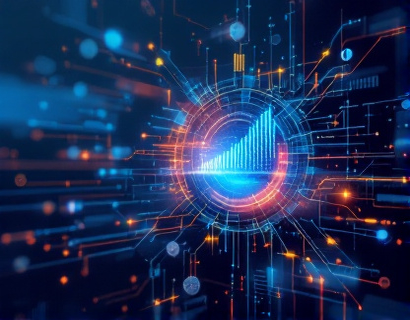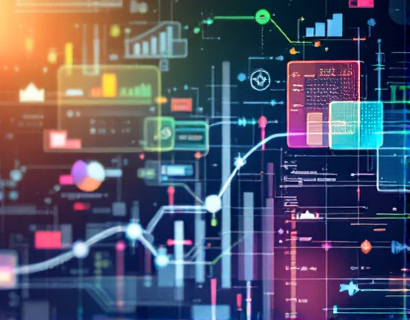AI-Powered Personalized Learning: Revolutionizing Astronomy Education
In recent years, the integration of artificial intelligence in education has opened new horizons, particularly in specialized fields like astronomy. This transformative approach leverages advanced technologies to deliver personalized learning experiences, making complex celestial concepts more accessible and engaging for students and enthusiasts. The advent of AI-driven platforms in astronomy education marks a significant shift from traditional learning methods, offering interactive exploration and expert insights that were previously unattainable.
Personalized Learning Paths
One of the most compelling aspects of AI in astronomy education is its ability to create personalized learning paths for each user. By analyzing individual strengths, weaknesses, and learning preferences, these platforms tailor content to meet the unique needs of each learner. This customization ensures that whether a student is a beginner or an advanced enthusiast, the material is presented in a way that maximizes understanding and retention. The AI system continuously adapts to the user's progress, providing challenges that are neither too easy nor too difficult, thus maintaining an optimal level of engagement.
Interactive Exploration Tools
Interactive tools powered by AI are revolutionizing the way astronomy is taught and learned. Virtual telescopes, 3D models of celestial bodies, and interactive simulations allow users to explore the universe in a hands-on manner. These tools provide immersive experiences that traditional textbooks and lectures cannot match. For instance, students can virtually travel through the solar system, observe the life cycle of stars, or witness celestial events such as eclipses and meteor showers in real-time. This interactive approach not only enhances understanding but also sparks curiosity and a deeper connection with the subject matter.
Expert Insights and Community Engagement
AI-driven platforms in astronomy education also facilitate access to expert insights and a vibrant community of learners. Through integrated forums, live Q&A sessions, and collaborative projects, users can connect with professionals and peers from around the world. These interactions provide valuable opportunities for mentorship, feedback, and collaboration. Experts can share their knowledge, address specific questions, and offer guidance on advanced topics, while learners can share their discoveries, ask for clarifications, and learn from each other's experiences. This community aspect fosters a supportive and dynamic learning environment.
Enhanced Accessibility and Inclusivity
The use of AI in astronomy education significantly enhances accessibility and inclusivity. For students with disabilities or those in regions with limited educational resources, these platforms offer equal opportunities to explore and learn about astronomy. AI-powered tools can adapt to different learning styles and provide content in multiple formats, such as text, audio, and visual aids. This flexibility ensures that everyone, regardless of their background or circumstances, can engage with the material and benefit from the educational resources available.
Real-World Applications and Career Opportunities
Beyond the academic and personal enrichment, AI in astronomy education prepares students for real-world applications and career opportunities in the field. By familiarizing learners with cutting-edge technologies and methodologies, these platforms equip them with the skills needed in modern astronomy and related industries. Whether it's data analysis, software development, or research, the experience gained through AI-driven learning tools is highly relevant and valuable. This preparation not only enhances employability but also contributes to the advancement of the field as a whole.
Continuous Learning and Updates
The field of astronomy is constantly evolving, with new discoveries and advancements being made regularly. AI-powered educational platforms ensure that learners stay updated with the latest information and research. These systems can integrate new data and content in real-time, providing users with the most current knowledge. This continuous learning approach is crucial in a field where understanding the universe is an ongoing journey, and staying informed is essential for both enthusiasts and professionals.
Challenges and Future Prospects
Despite the numerous benefits, the integration of AI in astronomy education is not without challenges. One of the primary concerns is the accuracy and reliability of AI-generated content. Ensuring that the information provided is scientifically sound and up-to-date requires rigorous validation processes. Additionally, there is a need for continuous improvement in AI algorithms to better understand and cater to diverse learning needs. However, as technology advances, these challenges are gradually being addressed, paving the way for even more effective and sophisticated educational tools.
Conclusion
The fusion of AI and astronomy education represents a paradigm shift in how we learn about the universe. By offering personalized learning paths, interactive exploration tools, expert insights, and a supportive community, these platforms transform the educational experience. As we continue to explore the cosmos, AI-driven resources will play an increasingly vital role in deepening our understanding and fostering a new generation of astronomy enthusiasts and professionals. Embracing this technological revolution opens doors to a future where the wonders of the universe are accessible to all, igniting a passion for discovery and exploration.





